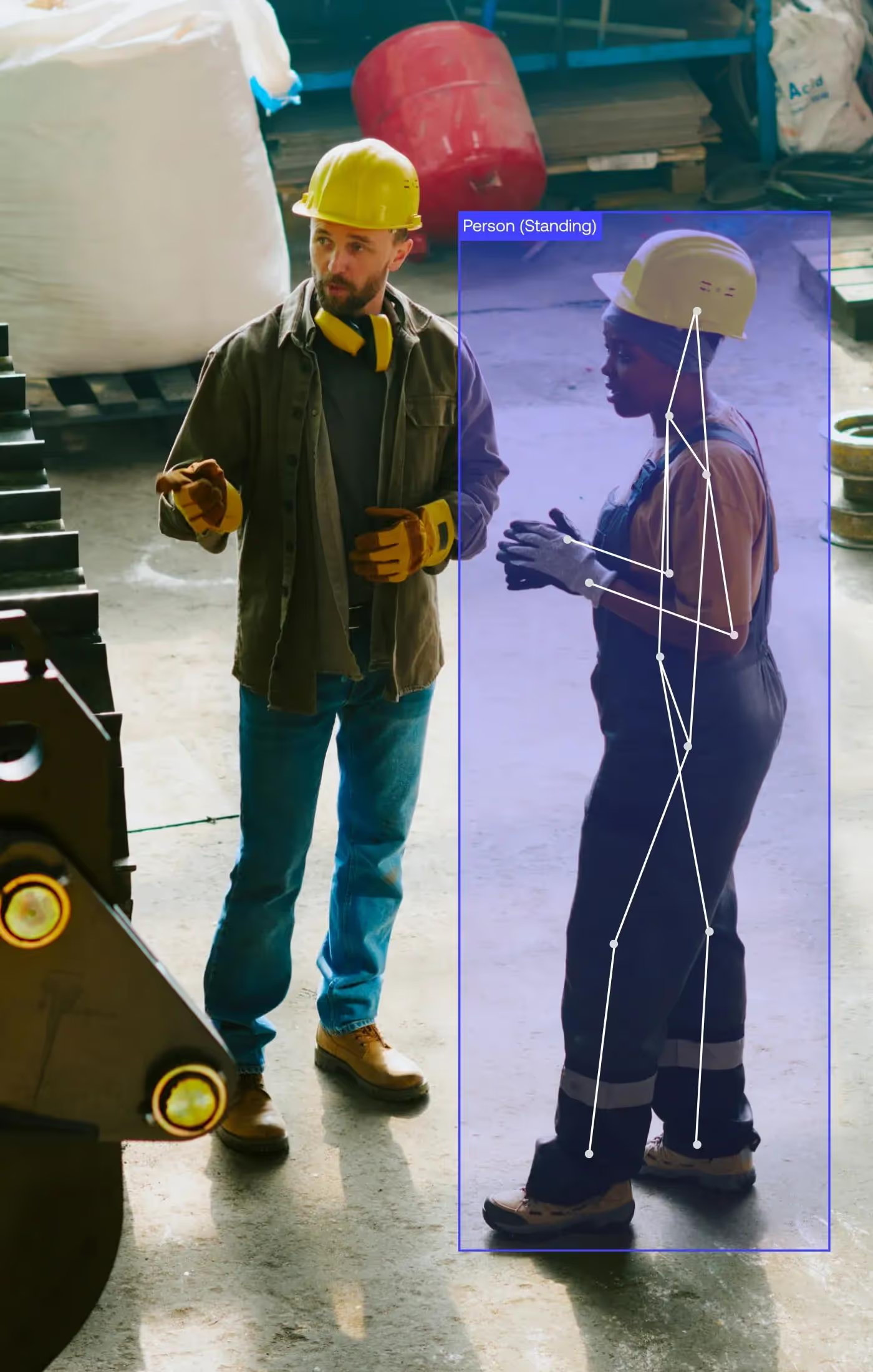Agentic Physical Security for a World That Can’t Wait
Supercharge your security teams with AI that turns reaction into prevention.
Trusted by the world’s leading security teams












Ambient.ai unifies monitoring, threat assessment, access control, investigations, and response into a single always-on intelligence layer across your organization.
Agentic Physical Security Platform
Foundation
AI continuously monitors and flags relevant activity in real time, making your SOC adaptive for focused situational awareness.
Advanced Forensics
AI understands sequence and causality, connecting people, places and context to explain what happened in seconds.
Access Intelligence
AI correlates video and PACS data in real time to confirm or clear every alarm, eliminating 95%+ of false alerts.
Threat Detection
AI delivers high performance, contextualized detections for incident prevention and response. Over 150 verified threat signatures.
Ambient Pulsar
Built on an edge-optimized architecture, Pulsar is the first-ever always-on reasoning VLM built for physical security.
Visit our Playground to compare Pulsar’s threat-assessment accuracy and speed against leading general-purpose AI models.
Prevent security incidents before they happen
Monitor for 100s of threats 24/7
Automatically monitor all cameras for suspicious activities. Detect and receive real-time alerts for threats — including firearms, unauthorized entries, and perimeter breaches — and respond 10x faster to proactively intervene.
“We were able to detect fence jumping. If you have operators and they are monitoring cameras, a fence jump is going to take 30 seconds — they are not going to catch that. The only thing that can do that is an AI system.”

NorCal Cannabis
Reduce false alarms by 95%
Auto-clear nuisance PACS alarms and dispatch for verified unauthorized access events. Save operators thousands of hours annually to focus on legitimate security threats and high-priority initiatives.
“Ambient’s efficiencies allow us to execute a broader range of security and risk management activities, rather than having our personnel locked down behind a mountain of manual tasks and alarm noise.”

Impossible Foods
Accelerate investigations by 20x
Search across thousands of cameras with instant results. Use complex search queries, such as “How long has this car been here?” or “Show me a person with a red shirt carrying a laptop,” and get accurate findings in seconds.
“Going into the forensics and having the ability to search under any of those profiles, it's just so robust. It really makes things more efficient in this vastly inefficient security product world.”

SentinelOne
Awards & Recognition
Recognized as a leader in AI for physical security since 2017






